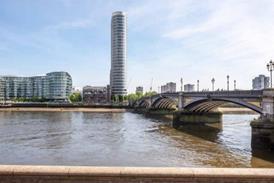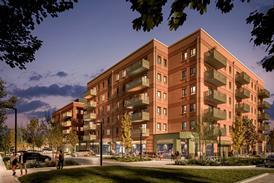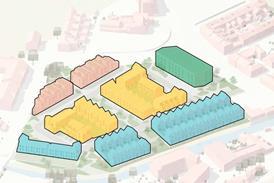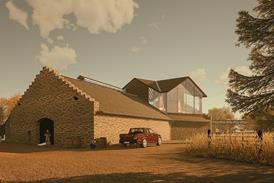New legislation will change compulsory purchase rules
Green belt landowners could be forced to sell up at knockdown rates under plans being drawn up by the government.
The housing ministry published its revised National Planning Policy Framework, which set out plans to boost housebuilding by opening up development on parts of the greenbelt.

The Labour government, according to the Times, plans to use “benchmark” values to cap the amount of profit that landowners can make from the sale of land in the green belt, to prevent profiteering on land newly eligible for development.
Benchmark land values already play a role in viability negotiations, which help determine what contributions developers should make, and the Ministry for Housing, Communities and Local Government has said it is consulting on the right way forward.
“We will reform the outdated compulsory purchase process to remove inflated values of land and ensure compensation paid to landowners is fair but not excessive,” a spokesperson for the department said.
“This is part of our plan to get Britain building again and deliver the homes the country desperately needs.”
The government indicated that it would encourage the use of compulsory purchase, by bodies such as Homes England, local authorities and combined authorities, in cases where a quality scheme is being blocked by individual landowners unwilling to sell at a fair price.
A Planning and Infrastructure Bill, announced in the King’s Speech last month and currently being drafted, would reform the compulsory purchase process to make it more efficient and deliver quicker decisions.
>> See also: A boost for housebuilding or an ill-defined gimmick?: Labour’s ‘grey belt’ plans explained
The bill will also refine compensation rules, removing so-called “hope value”, the inflated price given to land based on the prospect of planning permission.
Last month’s NPPF changes saw the introduction of the category of “grey belt”, which local authorities will be asked to identify as part of their plan making process.
The term includes land on the edge of existing settlements or roads, as well as old petrol stations and car parks.
It also re-established mandatory housing targets, underpinned by a new method for calculating need, which will result in the majority of local authorities being expected to build more and an increased national target of 370,000 new homes per year.
Local authorities will approach meeting their local targets sequentially, prioritising urban development, followed by brownfield in the green belt, and finally the new “grey” category.
















No comments yet